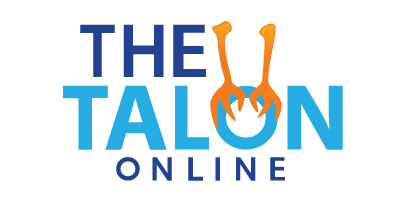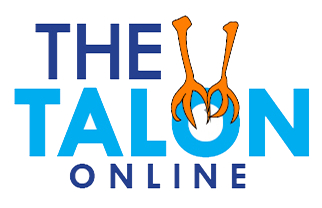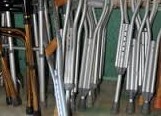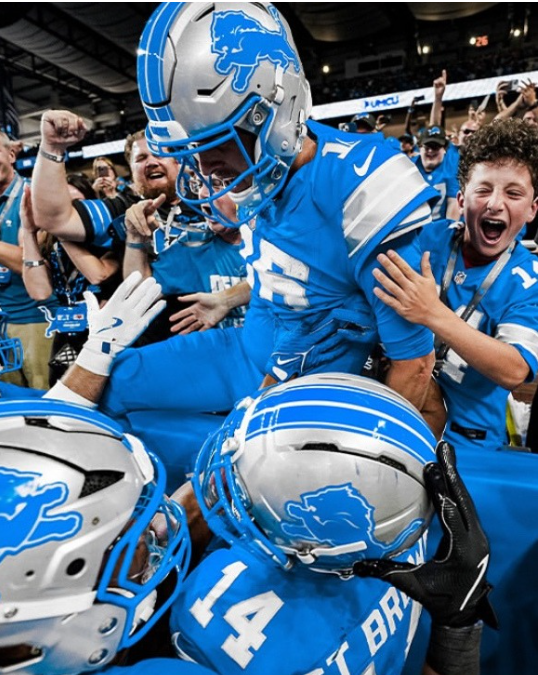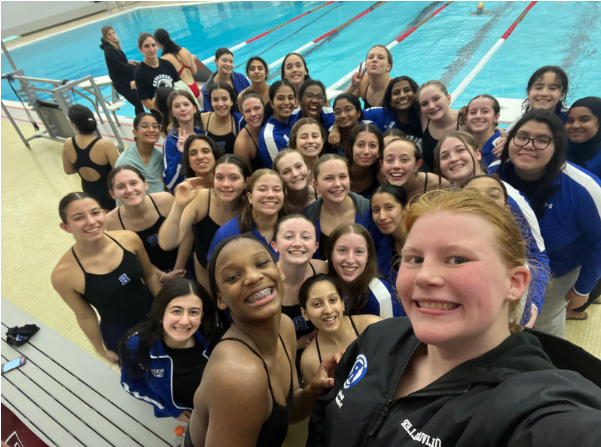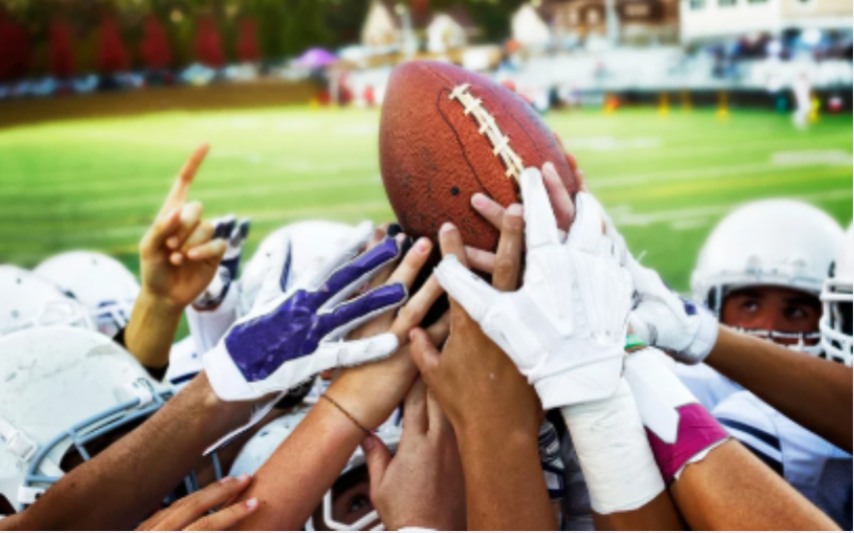Heating pads, cold packs, stress balls, athletic tape and ice galore. As sports seasons have come to an end, trainer Ms. Krystle Cavin gets a break from the chaos of injured athletes looking for relief of their aching muscles, torn ligaments and tendons, and a chance to heal and get back into their practices.
“Anywhere between forty and fifty kids, maybe even more a day, [come to the trainer’s room],” said Cavin. “At times there are too many people spending their time in here. We have some kids that come in here in between the times of practice and they come in here, take a little nap or talk with friends.”
Students greatly appreciate having the trainer to go to when they need the time to heal from injury and recover from other illnesses.
“I have extreme nausea and dizziness and headaches because I have low iron,” junior Joshika Chande said. “It’s been a couple of weeks since I’ve been able to practice and compete. It’s hard for me to concentrate in class, hard for me to get up in the morning because the nausea takes over and I just don’t want to move, the headaches kind of make me not want to pay attention. All of this combined, is bad because I can’t really get into the water and all that motion makes me feel even worse. So, I end up having to lie down or go home.”
Sitting out of practices takes a toll on student athletes’ emotions when they feel they are letting their team down by not being able to participate.
“I can’t dance, at all, because I have a strained tendon on the inside of my foot and a couple sprained ligaments, and I’m in the school musical, in the featured ensemble, and that kind of sucks because I can’t dance right now,” sophomore Isabella Varon said. “For the musical, I show up at rehearsal because people have filled in for me and so I’ve been teaching them the choreography. As for my dance team, it’s choreography season right now so it’s really hard for them to be planning all the dances in preparation for competition season coming up and I can’t be there.”
Absence from practices due to injuries are unfortunate to all injured athletes, however, an ACL tear is one of the worst nightmares a high school athlete can be faced with because of the six month to a year recovery period.
“An Anterior Cruciate Ligament (ACL) tear is in the knee,” Cavin said. “It’s a ligament that usually gives way with excessive force of your running and cutting. It has a lot of support for your knee to help you cut and turn and you really need that in a lot of sports to play. So, it can be really devastating [when it tears], but a lot of the kids bounce back really quick. The time it would take that to heal, you might have to have surgery; you more than likely will [miss school].”
Along with the long recovery, athletes are faced with the consequences of no activity, possible surgery, and the pressure it puts on their academics missing school.
“I was out for four months with a concussion and then I was able to play after that, but then a few weeks ago, I tore my ACL and meniscus,” senior Sophia Menzo said. “I was just playing in a game, and I went up for a hit and when I came down my knee just snapped. I can play six months after surgery, so it’s going to be awhile. I did miss a decent amount of school for awhile because I had several doctors appointments and then when I have surgery, I’m getting it over thanksgiving break, so I probably won’t miss that much school, so it’s not a big deal.”
Some students are affected by their injury reflected in their academics with the difficulty of getting work done, while other students are more worried about their extracurricular activities.
“I feel bad like I’m letting [my dance team and the RATS] down because it’s just bad timing,” Varon said. “I was given a lot of special parts in the musical to do and now that I can’t do them, I feel bad. I can come back to the musical if I can dance that week, so that’s still good and I hope that I can.”
Although Varon has the chance to heal and come back into the spotlight in time for the musical, Menzo does not have the same luck when faced with the end of her fall season.
“It wasn’t how I planned my senior year going,” Menzo said. “I never got to play much because it all happened in the beginning of the season and I’m done for volleyball for good. I wanted to run track, but now I can’t and that stinks.”
When dreams are put off to the side because of injuries, it is important that the students have a support system to lean on and get them back onto their feet.
“You just really have to be supportive and positive with them to let them know that they will return to play, but that it is just going to take some time,”Cavin said. “It takes an emotional toll on kids, especially the very active ones because they have to rest and no control and they have to just let their body heal.”
Recovery time can be the longest and most dreaded time for an athlete, however, resting in between seasons is important as well Cavin explains.
“Each person is different. The time it takes them to heal is all dependent on their work ethic, their body composition,”Cavin said. “[Resting, in general, after a season] I would say give yourself at least a week to a week and a half to just fully stop from activity and just give your body a chance to relax and take the time off to recover and not do anything for the most part.”
Recovery is high on the priority list of every athlete so that they can join their team and get back out there as quickly as possible.
“It sucked to sit on the side a majority of the season,” Chande said. “But with the help of my teammates I know what I have to do to get better and hopefully next year I will be swimming with them rather than cheering.”
